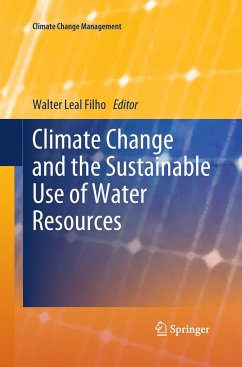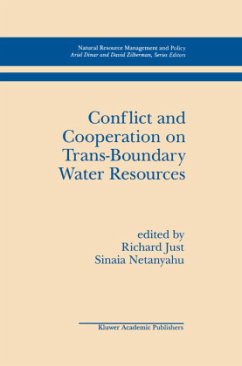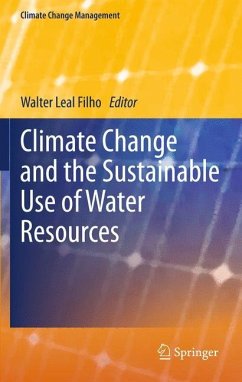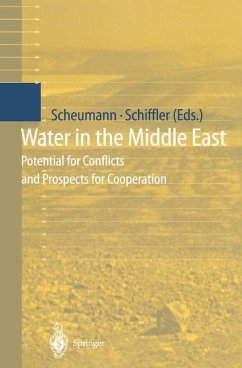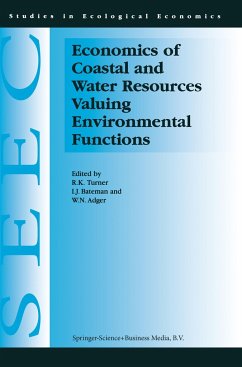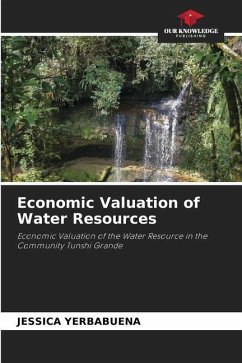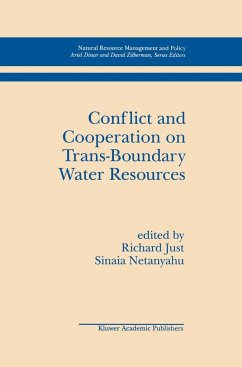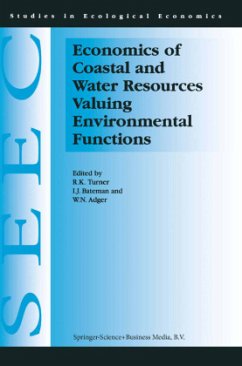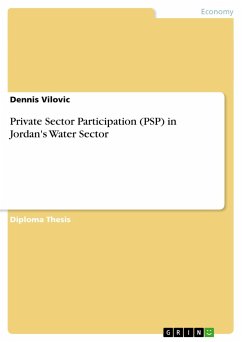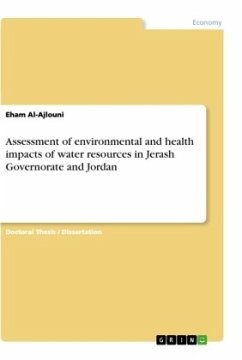
Assessment of environmental and health impacts of water resources in Jerash Governorate and Jordan
Versandkostenfrei!
Versandfertig in 1-2 Wochen
52,95 €
inkl. MwSt.

PAYBACK Punkte
0 °P sammeln!
Doctoral Thesis / Dissertation from the year 2014 in the subject Economy - Health Economics, grade: PhD, University of Alexandria (High Institute of Public Health), course: Environmental Health, language: English, abstract: The main objective of the study is the assessment of the environmental and health impacts of consuming water resources in Jerash governorate during 2000-2011 based on demographic changes. It had been found that though there was scarcity in water, people were able to adapt with this strenuous situation. All citizens conserved water by using roof and/or ground tanks; many use...
Doctoral Thesis / Dissertation from the year 2014 in the subject Economy - Health Economics, grade: PhD, University of Alexandria (High Institute of Public Health), course: Environmental Health, language: English, abstract: The main objective of the study is the assessment of the environmental and health impacts of consuming water resources in Jerash governorate during 2000-2011 based on demographic changes. It had been found that though there was scarcity in water, people were able to adapt with this strenuous situation. All citizens conserved water by using roof and/or ground tanks; many used water wisely at their houses; and reused greywater (laundry wastewater more than dishwasher wastewater, and bath wastewater), for mainly flushing toilet and watering garden. In addition to, they installed water saving utilities. They had poor sanitation, which negatively affected the soil and water resources like springs and wells, and sometimes caused contamination. However, awareness andgood hygiene practices generally protected them from waterborne and food-borne diseases. The most dominant health problem was kidney stones.It was concluded that Citizens of Jerash governorate cope well with water shortage, with the help of the government which continuously monitor water resources, increase health awareness about water contamination, and protect springs used by people. Also, this concluded that the health situations still under control. The quantity of water decreased over time due to increase in population, but the quality of drinking water was acceptable for municipal, and treated bottled water. Tanker truck water and wells (both are underground water) were within national standards except high level of nitrate, whereas protected springs are potentially not safe because of fertilizers and many septic tanks around them; while harvested rainwater was free from nitrate but susceptible to biological contamination. Moreover, poor sanitation played an important role in polluting springs, even controlled ones. So better sanitation would reduce pollution, thus increase safe water for drinking.



